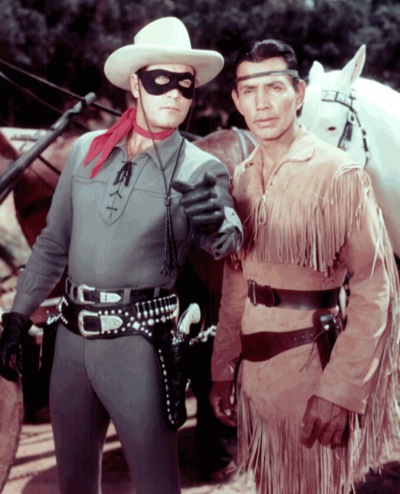
If there's one thing we've learned from the great John Wayne films, it's that the loners never win. John T. Chance and Dude are an unstoppable team in Rio Bravo. Taw Jackson and Lomax must work together to defeat the War Wagon. After a short brawl in The Sons of Katie Elder, John convinces his younger brothers that they must remain a trio of Elder wrecking balls. Even Rooster Cogburn goes to great lengths (two movies' worth) to be paired with Eula Goodnight, after decades alone. On the more recent side of Hollywood, Shanghai Noon showed us that The Lone Ranger's partner criteria for broken English is not dead yet, and the Varsity Blues-erized star characters of neither American Outlaws nor Texas Rangers were without their respect brothers, cousins, and fellow Rangers.
So why -- with all of these timeless predecessors and mentors -- do modern western-themed video games fall short of two or more players? Among other theories, one may propose that video game developers are seeking to create their own niche in the western genre. Understand something, devs: we want to be entertained! The reason that the western film succeeded was because of the outlandish sharpshooting, sprawling fistfights, tireless horseback chases, and most importantly: colorful characters. Until Clint Eastwood dropped his cigar for a director's chair, realism was never a part of the recipe for a successful classic western flick.
I'll pause here to give props where due: one development studio with a flair for the unique incuded two-player co-op throughout the story mode of Darkwatch in 2005, but only for the Playstation 2 version of the game. As much as we appreciate the consideration, Darkwatch is not strictly a western-themed game -- instead blended with the increasingly popular vampire theme -- so those of us who favor tumbleweeds and dusty saddles have regrettably been left without a proper three-dimensional co-op experience staged within the legendary Old West.